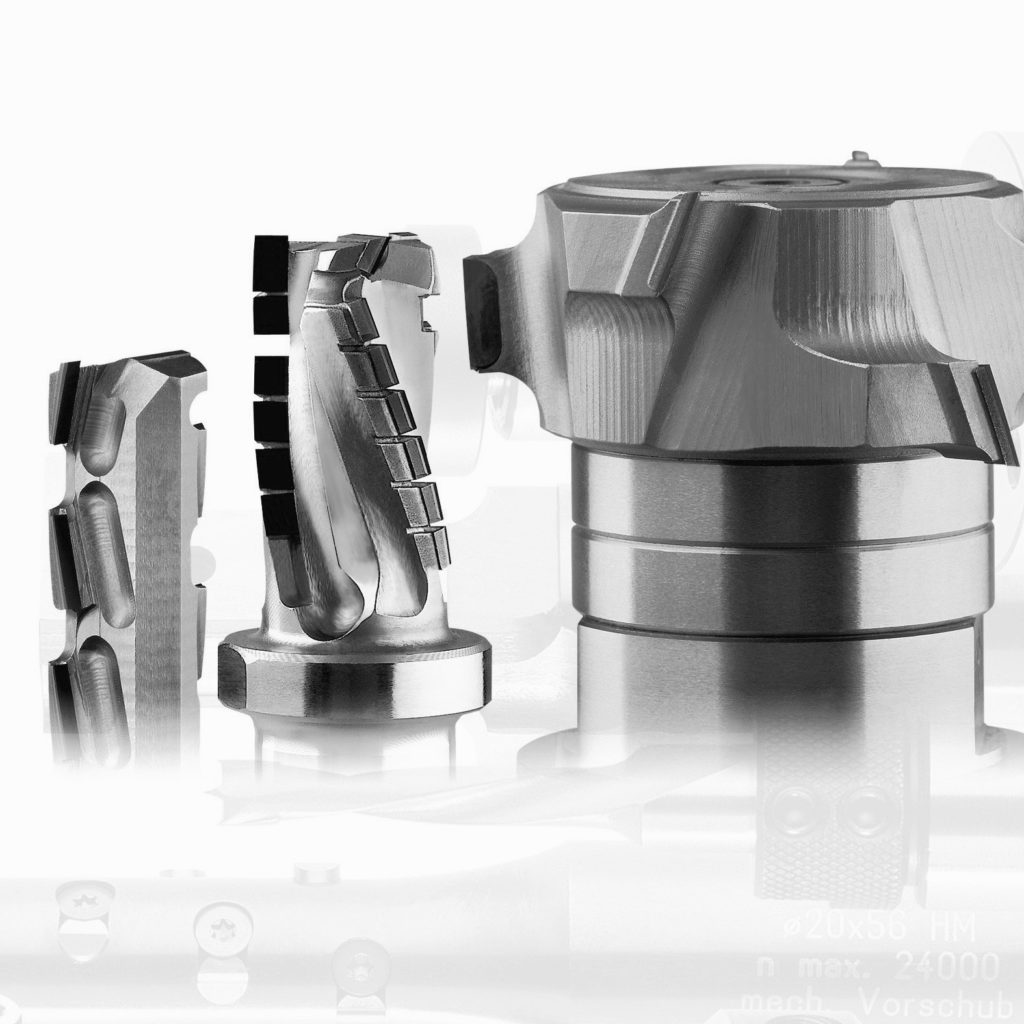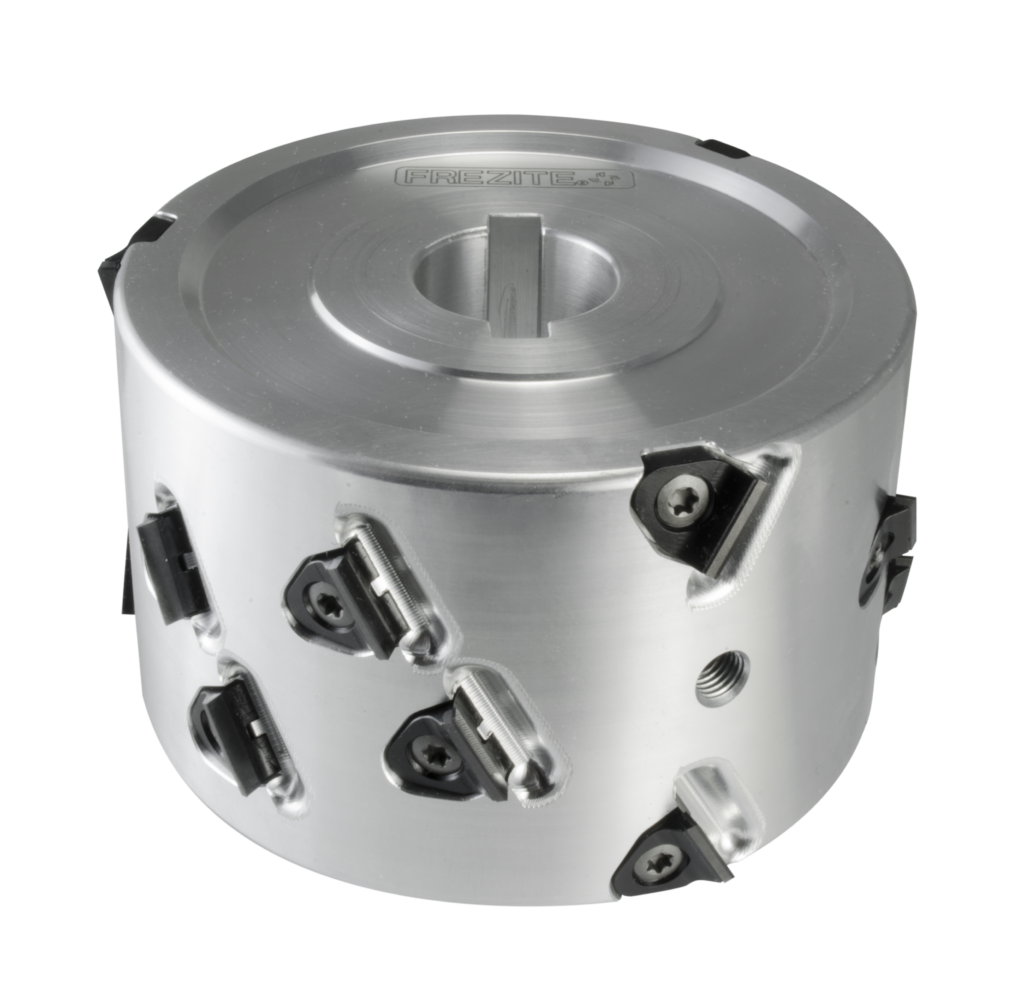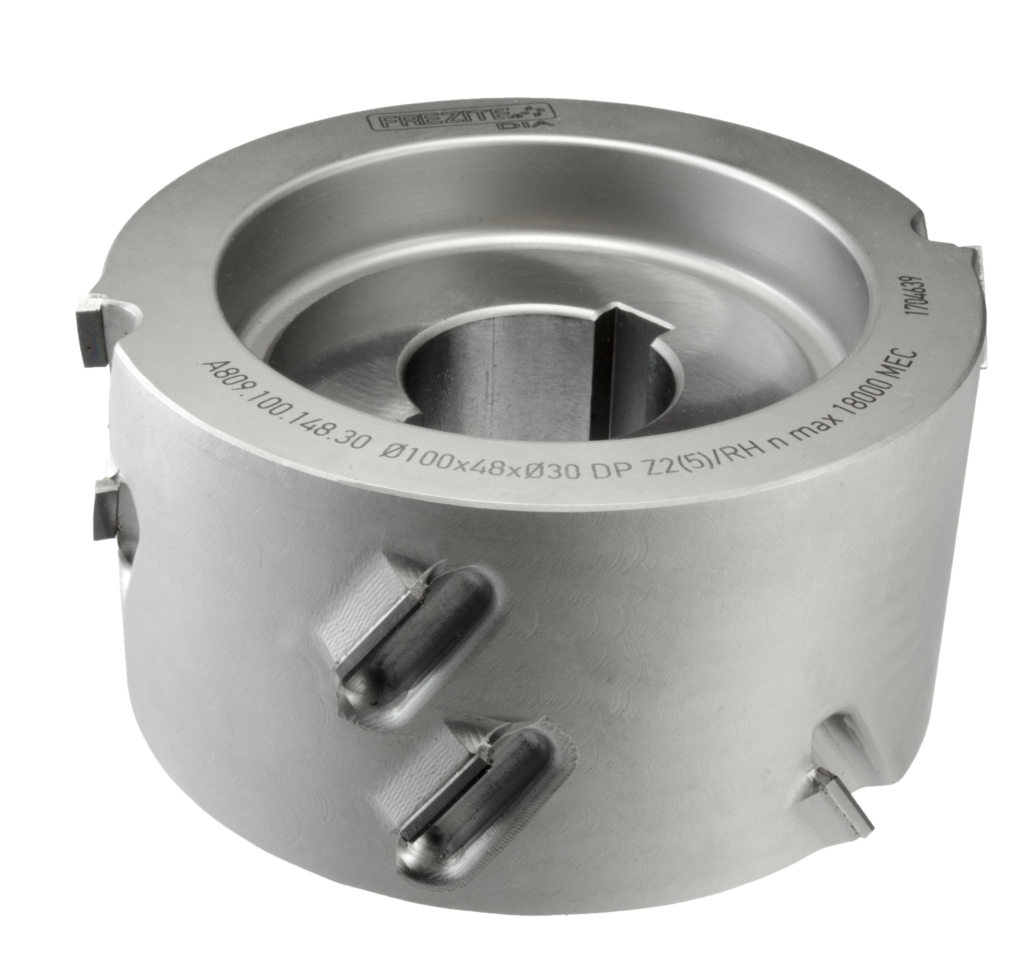Getting Deep on Diamond Tooling
Diamond is known as a material with very impressive characteristics. Even the name “Diamond”, which stems from the ancient Greek word “αδάμας” – “adámas,” translates to unbreakable. In particular, diamond is the hardest mineral known and also has the highest thermal conductivity. These two traits, in addition to its abrasion-resistance, gave the DeBeers Group as well as General Electric’s former Special Materials Division the incentive and impetus to create a synthetic, lab-grown Diamond (Polycrystalline Diamond, or PCD for short). This product would become a popular material in a wide range of industries where abrasion resistance was in demand, and the industrial tooling arena was no exception! To illustrate the level to which PCD diamond tools surpass carbide tools in regard to hardness, one only has to compare each materials value on the Knoop hardness scale. While synthetic diamond generally rates between 5000 to 7000, the average hardness for a carbide tool only has a value of about 1700 to 2400.
Polycrystalline Diamond tools are an established, well accepted solution for high volume production and they are now cost effective as well. They have long proven to be an investment in quality AND productivity as they can provide substantial savings in tooling costs.

PCD Tooling 
PCD Saw Blade 
PCD Insert Premil 
PCD Braised Premil 
PCD Profile Tool
Based on case histories, polycrystalline diamond tools can outlast a carbide tool by a ratio of up to 300:1. However, this takes into account a wide range of materials machined. While one machinist may achieve a ratio of 50-fold longer life span for a diamond tool (compared to carbide) cutting very abrasive material, another may outrun his previously used carbide tool by 600 times on a fiberglass application.
Today, diamond tools have earned their position in most every woodworking, composite, plastic and solid surface cutting application. From routing and edge-banding, profiling, sawing, drilling, jointing and grooving to slotting and hogging; diamond tools are used in almost all cutting tool applications.
Today’s modern manufacturing facilities are running state-of-the-art, high investment CNC machining centers with constant demand for higher output and lower unit costs being paramount. Most CNC machinists have recognized the value of diamond cutting tools. Elimination of downtime alone can result in a significant reduction in production costs, not even taking reduced sharpening costs, stocking needs and lost production into consideration.
Although diamond tools may not be the solution to every tooling issue, they should not be excluded from consideration without a thorough analysis of the potential advantages. With today’s ever-increasing demand for higher efficiency and lower costs, the toughest material may just solve the toughest tooling problems!
